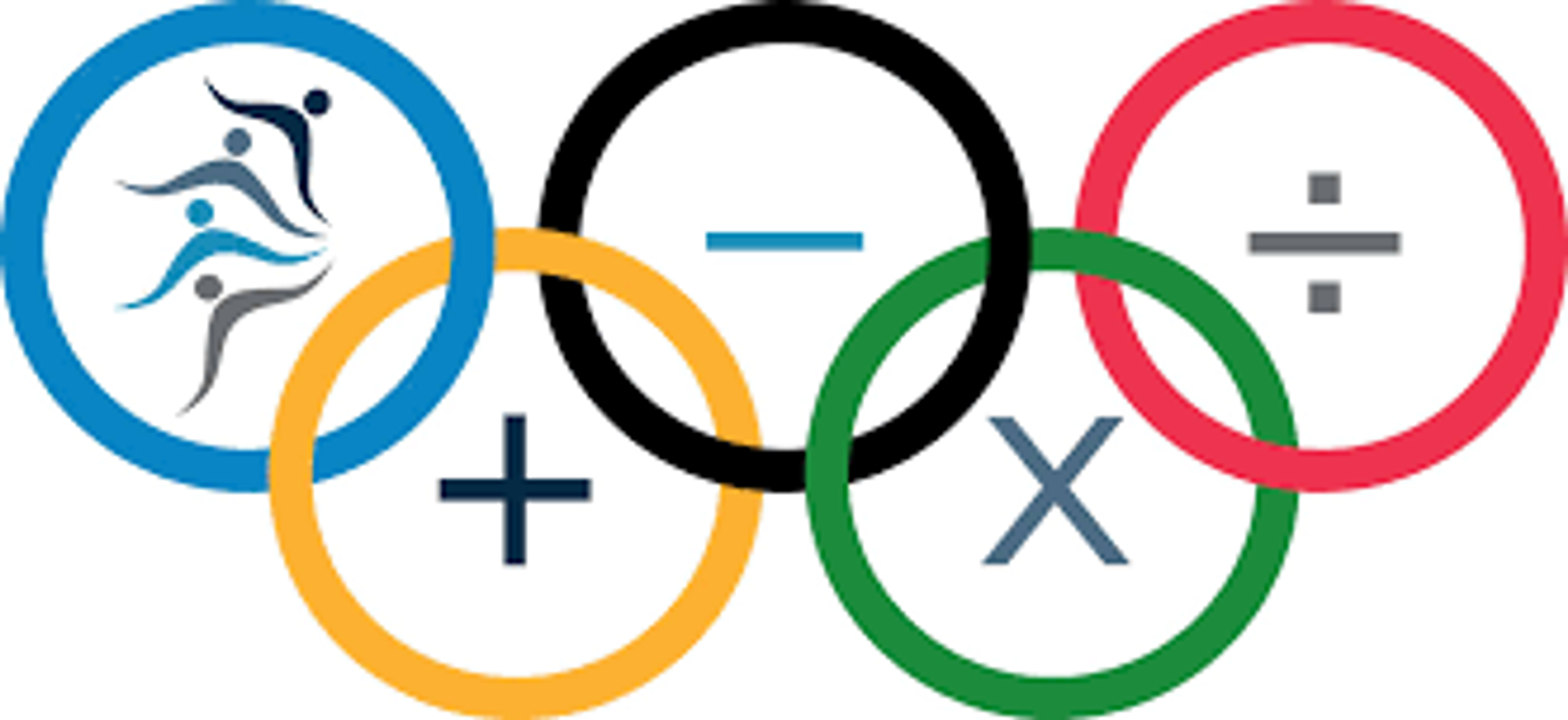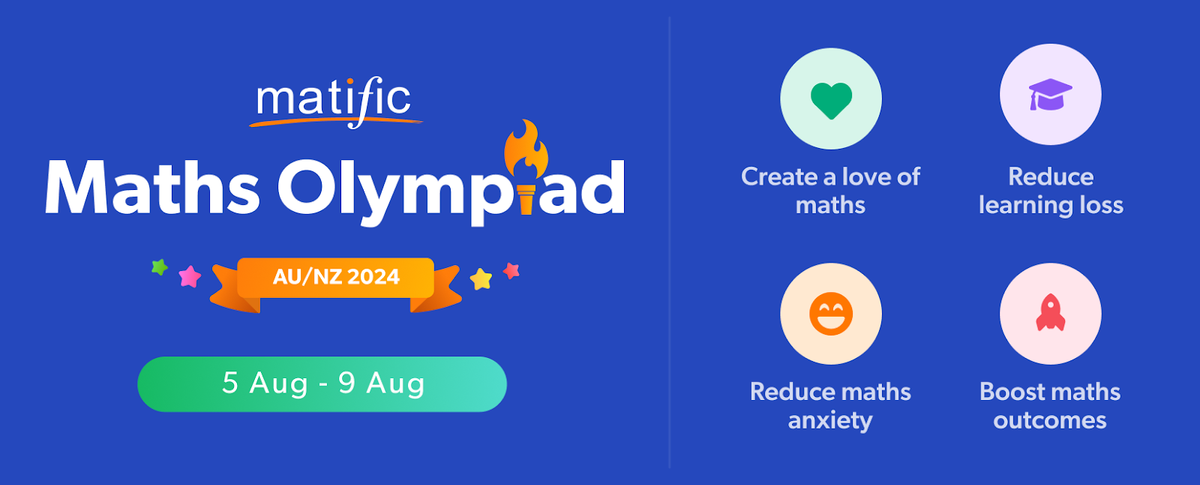Maths in the Paris Olympics

Math is integral to the Olympics, from scoring and timing to analysing performance data. Here are some examples where math is used:
- Scoring Systems: Many sports rely on precise scoring systems. For instance, diving uses math equations to calculate scores based on difficulty and execution.
- Statistics: Athletes and coaches use statistical analysis to track performance metrics, identify trends, and make data-driven decisions about training and strategies.
- Geometry: Understanding angles and trajectories is essential in sports like archery, shooting, and even soccer, where the optimal angle of a kick can determine a goal.
Just like athletes and sport scientists use STEM to excel in sports, kids of all ages can explore STEM concepts through hands-on activities at home.
For easy and hands-on activities you can introduce basic science and math ideas.
Here are some fun options:
*Counting and Measuring: Use toy athletes or action figures to set up mini sports events. Help children count jumps, measure distances, and compare results.
*Javelin Throw Engineering: Gather paper towel rolls, paper, foil, and tape. Have them follow the engineering process to create a javelin. After hands-on construction, have them take turns throwing their javelin and measuring the distance.
*Athletics: Running a distance, estimating the distance and recording the distance using a stopwatch.
(https://pacificsciencecenter.org/)
CHALLENGE ACCEPTED!
Next week the Year 3-6 students will be participating in the ‘Matific Maths Olympiad’ (Australia/New Zealand). It is an online maths competition where the students will complete a range of math activities, earn stars, receive a certificate while competing for trophies and recognition. Students will also be able to have a go at activities for Home Learning if they wish. There will be a parent letter in your child’s bag this week outlining the competition. Good luck everyone!
Danielle Moran
Maths leader and support

